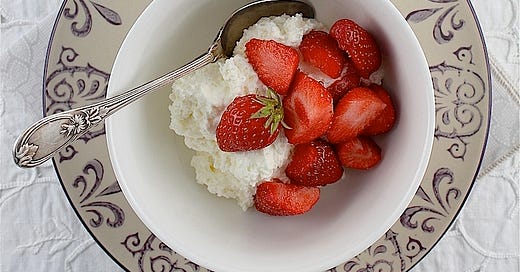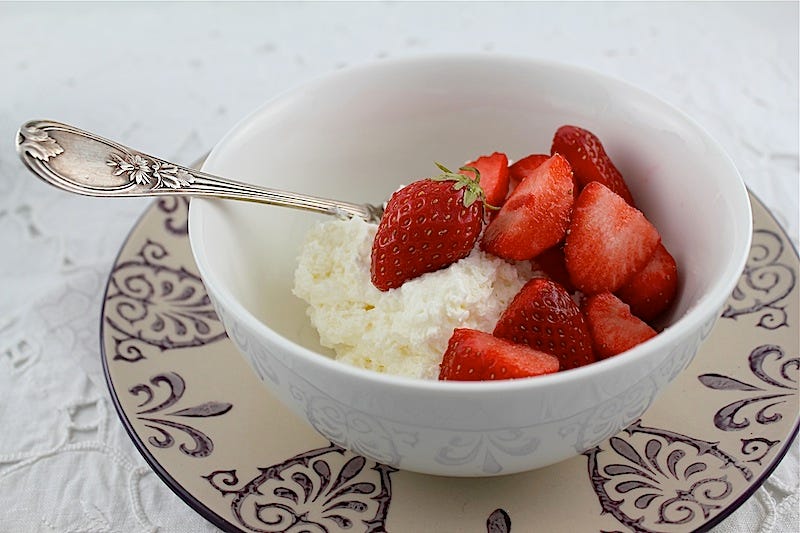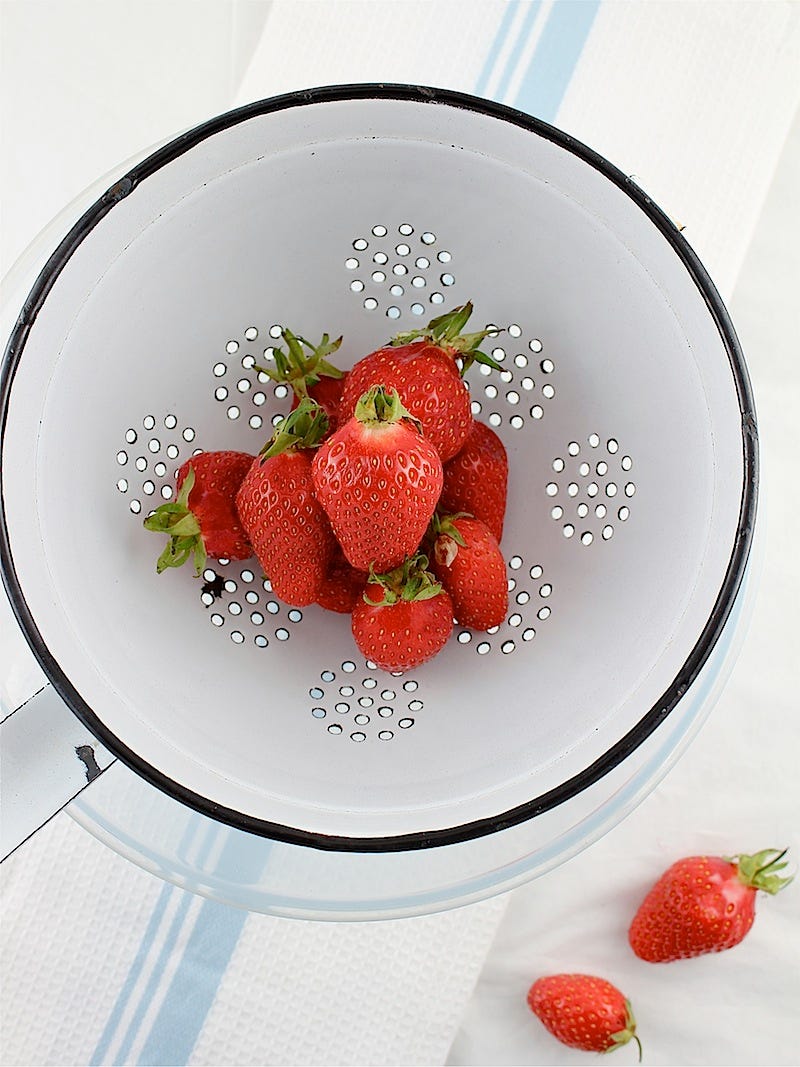Ce pays d'anjou est un des coins du monde ou l'on sent le mieux la douceur provisoire de vivre.(This province of Anjou is one of the corners of the world where one best senses the fleeting sweetness of life.) - Georges Clemenceau quoting Joachim du Bellay
Louis XIV had bad teeth.
The old Sun King was so riddled with health problems from his bottom (quite literally) to his top that his doctors kept a daily register of his ailments, illnesses, and serious diseases over the course of 64 years of his very long reign until just 4 years before his death, the Journal de la santé du roi Louis XIV de l'année 1647 à l'année 1711. And his teeth were a major issue. His challenging oral hygiene and dental problems, from cavities, canker sores, and abscesses, to purulent gums and a hole in his palate communicating with his nose and sinuses, led to the King issuing an edict banning barber-surgeons, forbidding them from pulling teeth and performing surgery, and the creation of the special independent medical discipline of dental surgeon, giving them the same rights as medical surgeons.
Of course, as King, he was to be denied nothing he desired and that included dessert. This brought about a revolutionary shift in French gastronomy: the creation of a panoply of soft confections - creams, mousses, ice creams and sorbets - for the royal table and thus for France.
Food history is rife with rumors and legends, and the story of Louis XIV’s bad - and lack of - teeth being the catalyst for the creation and the popularity of creamy desserts might very well not be true, but it is rather an intriguing hypothesis. And it does lead us to wonder about the origins of the crémets d’Anjou - crémets from the region of Anjou, those linked to the cities of Nantes, Angers, and Saumur.
Crémet is a light and delicate, sweet dairy dessert “made with cream just at the moment it is beginning to turn to butter in the churn,” according to A.-J. Verrier et R. Onillon, authors of Etymological And Historical Glossary of Language And Dialects of Anjou, published in 1908. In other words, a creamy yet curdled milk product is beaten until smooth to which stiffly beaten egg whites and thick whipped fresh cream are delicately folded in, the concoction sweetened then allowed to drip drain while chilling, creating a slightly firmer texture. Curnonsky, the famed “Prince of Gastronomy”, referred to crémet as “le régal des Dieux” - “the delight of the Gods” - in his La France gastronomique, guide des merveilles culinaires et des bonnes auberges françaises dedicated to the region of Anjou, written with Marcel Rouff in 1921. He went on, “aucune crème chantilly n’égale ce petit mulon mousseux parfumé, onctueux et léger.” - “no Chantilly cream is equal to this little scented, frothy mound, creamy and light.” And, as always, Curnonsky was right.
While we know its place of origin - the province of Anjou, from Nantes, through Angers, and just until Saumur, each city having it’s claim to a slight variation of a crémet - it is often difficult to trace back and pinpoint the exact creation of some desserts, because, according to Maryann Tebben of Bard College, “the sweet course was prepared not by chefs but by a specialized and separate kitchen, general cookbooks from the sixteenth to the eighteenth centuries contain few desserts.” And these cookbooks were usually if not always written for the instruction of other chefs in the same rank of society, thus focused on the courses of the meal other than dessert. Needless to say, it is difficult to tell if there was a sudden burst of soft dessert forms being invented that could easily be eaten by an aged king with no teeth.
There is mention of a “fromaiges de cresme” in the 1702 Anjou departmental archives among the municipal food expense reports. While we all know fromage in French means cheese, at this time in history fromage referred to a custard made by cooking egg yolks with cream until thickened. It was then used as a base for desserts, sweetened and flavored, most commonly with pistachio or almond, chocolate, coffee, the ever-popular orange flower water, or various spices such as cinnamon, saffron, vanilla, and/or cloves, or folding in citrus marmalade. It was also used to make fromages glacés, obviously ice cream. Sir Joseph Gilliers has several recipes for different flavored fromages in his 1751 Le Cannameliste français ou Nouvelle instruction pour ceux qui désirent d'apprendre l'office , rédigé en forme de dictionnaire. Joseph Menon also included recipes for fromage glacé à la crème, ice creams, in his book La science du maître d'hôtel confiseur - a book written specifically about desserts - in 1750, using the same custard base.
François Massialot’s 570-page tome Le cuisinier royal et bourgeois published in 1705 lists a mere dozen or so desserts, all egg-based and cooked creamy or crunchy, things from crème brûlée and crème croquante (baked until crunchy or fried) to flavored pudding-like creams, most flavored with orange flower water, cinnamon, pistachio, almond, or chocolate. He includes a sweetened scrambled egg dish flavored with orange flower water as well as recipes for gelée in various colors for making blanc-manger.
In the mid-18th century, we start to move closer to something like a crémet with cream recipes that require no cooking. In 1740, the Nouvelle instruction pour les Confitures, les Liqueurs, et les Fruits (avec privilege du roy) is published with a recipe for Crême en neige - neige refers to something white, usually egg whites or cream, that is beaten until it mounds up so light and fluffy that it resembles snow or neige - in which sweet cream is whipped (using “a broom of birch or wicker”) with an egg white and four spoons of sugar until thick, then flavored with five or six drops of orange flower water; one must then scoop it up delicately with a skimmer and place it in a small wicker basket lined with gauze or muslin and allow it to drain for about an hour when it is then arranged on a porcelain plate and served. Joseph Menon has a similar recipe, calling it fromage à la Chantilly, the first mention of crème Chantilly in a cookbook, a nod to the chateau of the same name, forever connected to the little invention of whipping fresh cream so vigorously that it expanded to a light and fluffy cloud that held its shape.
By this time, we also begin to see recipes for desserts of stabilized creams, sweetened and flavored, beaten until light, sometimes with the addition of egg white, that are then allowed to drain creating a type of, well, cheese. Andre Viard’s 1817 classic Le Cuisiner Royal has a crème fouettée, equal parts “good” cream and sugar, and a pinch of gomme adragante, a binder and stabiliser, and a dash of orange flower water and whipped with a “bundle of wicker strands without bark” until light, fluffy, mounded up and well-set. It is then scooped up with a skimmer and dressed in a pyramid on the serving platter and decorated with strands of orange and lemon peel.
So what about our crémets? Whether or not the “fromaiges de cresme” named in the Anjou departmental archives in 1702 was a custard-based dessert or a true crémet, by 1741/1743, crémets - as they are now called - are popping up constantly in the municipal food expense reports, regularly served at municipal banquets, and making their appearance through 1779 when they oddly and suddenly disappear. And yet, the true crémet as it is made today was said to have been an invention of a young cook in the service of a grand family in the region of Les Deux-Sèvres just south of Nantes, Marie Renéaume, in 1890. By accident, as so many desserts and pastries seem to be. Realizing that they were short a dessert for a dinner, she quickly whipped cream, folded in egg whites beaten until expanded and thick, piled this delicate mousse-like concoction in Porto glasses, spooned on fresh cream, and dusted it with sugar just before serving. The crémet was born.
It is still rare to find this local speciality in general cookbooks; rather one finds it in local cookbooks or those dedicated to regional specialities.
The 1928 Austin de Croze Les plats régionaux de France. 1400 succulentes recettes traditionnelles de toutes les Provinces françaises - Regional Dishes from France. 1400 delicious traditional recipes from all the French provinces - offers Les crémets d’Angers delicately folding beaten (copiously to lighten) crème fraîche and whipped egg whites (en neige) together, spooning this into fine muslin-lined molds and allowing it to drain while chilling. When ready to serve, his crémets are placed in a compotier, a fancy serving dish for fruit or fruit compotes, drizzled with unbeaten fresh cream, and dusted with sugar or vanilla sugar. Gastronomy’s darling Curnonsky included the exact same recipe for Les crémets d’Angers in his 1959 Recettes des Provinces de France, 38 years after his mention of it in his guide of the Anjou region with Marcel Rouff.
A fresh cream “cheese” dessert from the corner of France where I lived for 12 years, there are many versions of the traditional Crémet. There is even a debate – in my own mind – of whether this is actually a Crémet Nantais or a Crémet d’Anjou from the neighboring region, around the city of Angers. Like many traditional recipes, I begin with fromage blanc faisselle, a chunky type of fresh, mild white cheese made from curdled milk, much the consistency of wet cottage cheese and just as mild tasting. One could replace this with home-curdled milk, cottage cheese, quark, or ricotta. I have also seen the proportions of fromage blanc to heavy whipping cream vary, from equal quantities to two-to-one. As this is a no-bake dessert, feel free to experiment. And sweeten to taste. Like a Coeur à la Crème, a Crémet may have a very slight or mild tang or hint of cheese flavor depending upon the cheese or milk product used. Left to drain overnight to thicken, the Crémet becomes milder and sweeter and is perfect served with fresh berries or berry coulis. But don't confuse this with a Coeur à la Crème which is much denser and cheesier than the light and airy crémet.
The crémet is traditionally eaten during the spring and summer months when this local treat is made in the dairies and cheese shops in the Anjou region.
Crémet Nantais or d’Anjou
This is a very delicate, fragile dessert that should be manipulated as little as possible. As in anything made light from whipping, be very careful when unmolding, spooning from the sieve into the serving platter, bowl, or individual bowls. Do not overfold the ingredients when preparing.
Approximately 300 g (10 ½ oz) fromage blanc faisselle (a chunky curdled milk product) or cottage cheese, ricotta or quark *
200 - 250 ml (generous ½ cup – 1 cup) fresh cold heavy or whipping cream
2 large egg whites
Pinch salt
85 g (3 oz) powdered/confectioner's/icing sugar or to taste
Fresh berries or berry coulis to serve
*this is a curdled white fresh cheese similar to a wet cottage cheese.
Spoon the fromage blanc into a sieve and place over a bowl in the refrigerator to drain the time of a meal or a few hours.
Once drained, beat the fromage blanc in a large bowl with all of the sugar less 1 - 2 tablespoons with a hand mixer on low speed to smooth.
In a separate bowl, beat the cold heavy cream to Chantilly - very thick whipped cream. Fold the whipped cream delicately into the fromage blanc.
In a separate, very clean bowl using very clean beaters, beat the egg whites with a pinch of salt on high speed until frothy; continue beating, gradually adding in the remaining tablespoon or two of icing sugar. Beat until the whites are stiff. Fold delicately into the cheese/cream mixture until the mixture is smooth and thick.
Place the Crémet in a fine mesh strainer or sieve (or wrapped in mousseline placed in the strainer or colander), place the sieve or colander over a bowl and place in the refrigerator to drain overnight. Alternately, the Crémet can be divided into individual molds with holes in the bottom like a Coeur à la crème.
The following day, unmold the Crémet onto plates or place the drained Crémet in a serving bowl. Rinse the berries, pat dry. Spoon servings of the Crémet into individual dessert plates or bowls and serve topped with berries. Serves 4 to 6.
Thank you for subscribing to my Substack, Life’s a Feast by Jamie Schler, where I share my (mostly French) recipes, my hotel and my jams, my projects, and the stories of my life. You can support my work by sharing the link to my Substack with your friends, family, and your social media followers. You can also follow me on Notes. I’m so glad that you’re here.







The girl can history! Brava!!! Besides loving to eat, I love reading the history you research and write, Jamie😊. The 64 year reign of Louis the 14th... from bottom to top...quite literally...oh my goodness😂. Suffice to say I truly enjoy your rich, well researched content, and I can’t wait to prepare and cook and delight in the eating of it. Way to go Mrs. Schler!!🙏💙
Bonjour Jamie! Just posted to Notes a pic of the crèmet I made from your recipe. 😊